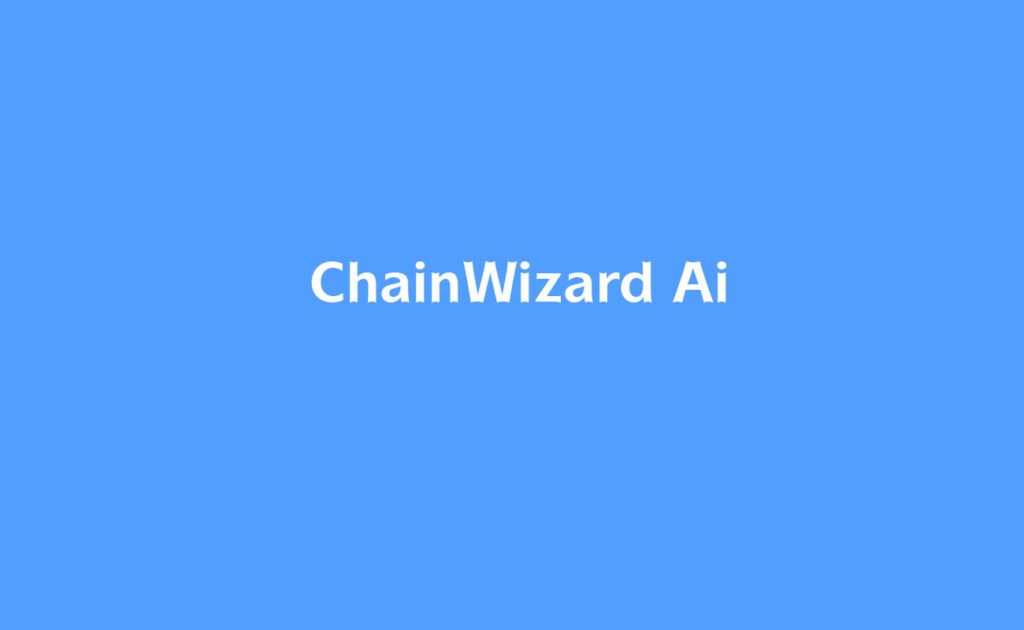In the ever-evolving landscape of cryptocurrencies, one concept has emerged as a pivotal bridge between the digital and the tangible: the concept of oracles. Oracles play a crucial role in connecting blockchain platforms like Bitcoin to real-world data, enabling them to interact with and respond to external information. This symbiotic relationship has far-reaching implications for the cryptocurrency realm, opening up new avenues for innovation and use cases. In this article, we delve into the world of Chain Link and Bitcoin oracles, exploring how they function, their significance, and the potential they hold for transforming industries. For those interested in practical applications of these oracles, platforms like ChainWizard Ai offer insights into how modern trading integrates such technologies.
What Are Oracles?
At its core, an oracle is a conduit that provides external data to smart contracts on a blockchain. They execute when predefined conditions are met, and here lies the challenge: how can a self-contained digital entity like a smart contract access real-world information? This is where oracles step in.
Types of Oracles
Oracles come in various forms, each with its own degree of decentralization and trust. Centralized oracles are controlled by a single entity, which introduces a level of centralization that contradicts the essence of blockchain technology. To counter this, decentralized oracles leverage multiple data sources and consensus mechanisms to ensure accuracy and security.
Chain Link: Bridging the Gap
One prominent player in the oracle arena is Chain Link. As a decentralized oracle network, Chain Link acts as a bridge between blockchain platforms and external data sources. It accomplishes this by aggregating data from multiple sources, verifying its authenticity, and delivering it to smart contracts. This mechanism ensures that the information fed into the blockchain is reliable and tamper-proof.
The Architecture of Chain Link
Chain Link’s architecture comprises two main components: on-chain and off-chain. The on-chain component interacts with the blockchain, receiving requests from smart contracts and broadcasting them to the off-chain component. The off-chain component, also known as Chain Link nodes, retrieves data from various sources, verifies it, and relays it back to the on-chain component. This seamless coordination results in the accurate integration of external data into the blockchain ecosystem.
Bitcoin Oracles: Expanding Possibilities
While Bitcoin paved the way for cryptocurrencies, its scripting language is intentionally limited to maintain security and stability. This limitation, however, restricts the execution of complex smart contracts on the Bitcoin blockchain. Bitcoin oracles address this limitation by enabling smart contracts to interact with external data.
Use Cases and Implications
The marriage of Chain Link and Bitcoin oracles unlocks a plethora of use cases across industries. Here are some prime examples:
DeFi Revolution
The decentralized finance (DeFi) sector is one of the primary beneficiaries of oracles. By providing real-time price feeds, oracles enable DeFi protocols to determine accurate valuations, execute trades, and manage collateral. This ensures that lending, borrowing, and trading activities within DeFi platforms are based on reliable market data.
Supply Chain Transparency
In industries like logistics and supply chain management, oracles can facilitate transparency by tracking real-world data such as shipment status, temperature conditions, and location. This data can then be securely recorded on the blockchain, providing an immutable record of the journey a product takes from manufacturer to consumer.
Insurance and Risk Management
Oracles play a pivotal role in the insurance sector by providing real-time data that triggers the execution of smart contracts based on specific events. For instance, in the case of flight delay insurance, an oracle could verify flight status and automatically trigger payouts to policyholders if a delay occurs.
The Future of Real-World Data Integration
The integration of real-world data into the cryptocurrency realm through oracles marks a significant milestone in blockchain evolution. As Chain Link and Bitcoin oracles continue to advance, they hold the potential to revolutionize various sectors and redefine how transactions, agreements, and information exchange occur. This synergy between the digital and tangible worlds sets the stage for an era of unprecedented innovation and connectivity.
Conclusion
In conclusion, the collaboration between Chain Link and Bitcoin oracles has ushered in a new era of possibilities for the cryptocurrency landscape. By seamlessly connecting blockchain platforms with external data, these oracles enable the execution of complex agreements, real-time data integration, and transformative use cases across industries. As technology evolves and adoption increases, the impact of these innovations will likely reshape the way we perceive and interact with both digital and real-world realms.








Leave a Comment
You must be logged in to post a comment.